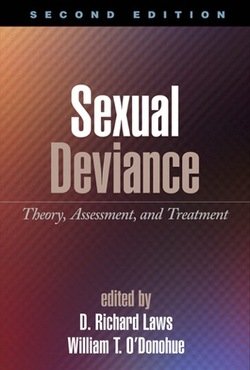By Amanda Ward, Christopher Donner, David Olson, Alexandre Tham and Kaitlyn Faust
To address escalating street and gun-violence in Rockford, Illinois, Winnebago County’s Criminal Justice Coordinating Council piloted the Focused Deterrence Intervention (FDI) between January of 2018 and November of 2019. The intervention utilized a “focused deterrence” or “pulling-levers” framework to identify and deter members of the community who are at a heightened risk of committing future acts of street and gun violence. Loyola University Chicago’s Center for Criminal Justice Research, Policy and Practice collaborated with Winnebago County’s Criminal Justice Coordinating Council to support the development, implementation and evaluation of the Focused Deterrence Intervention. The present report reviews FDI’s pilot years, with a focus on evaluating FDI processes key to the program design.
Chicago: Center for Criminal Justice Research, Policy & Practice, Loyola University Chicago, 2020. 50p.





















